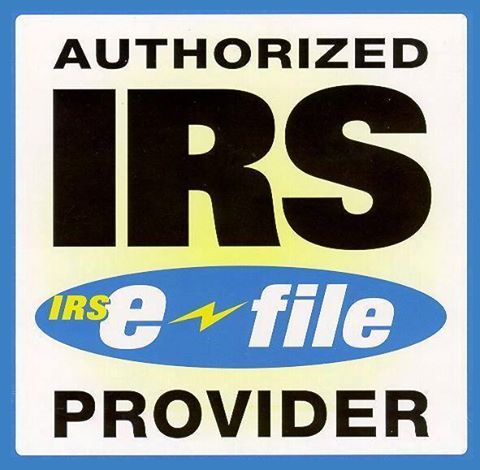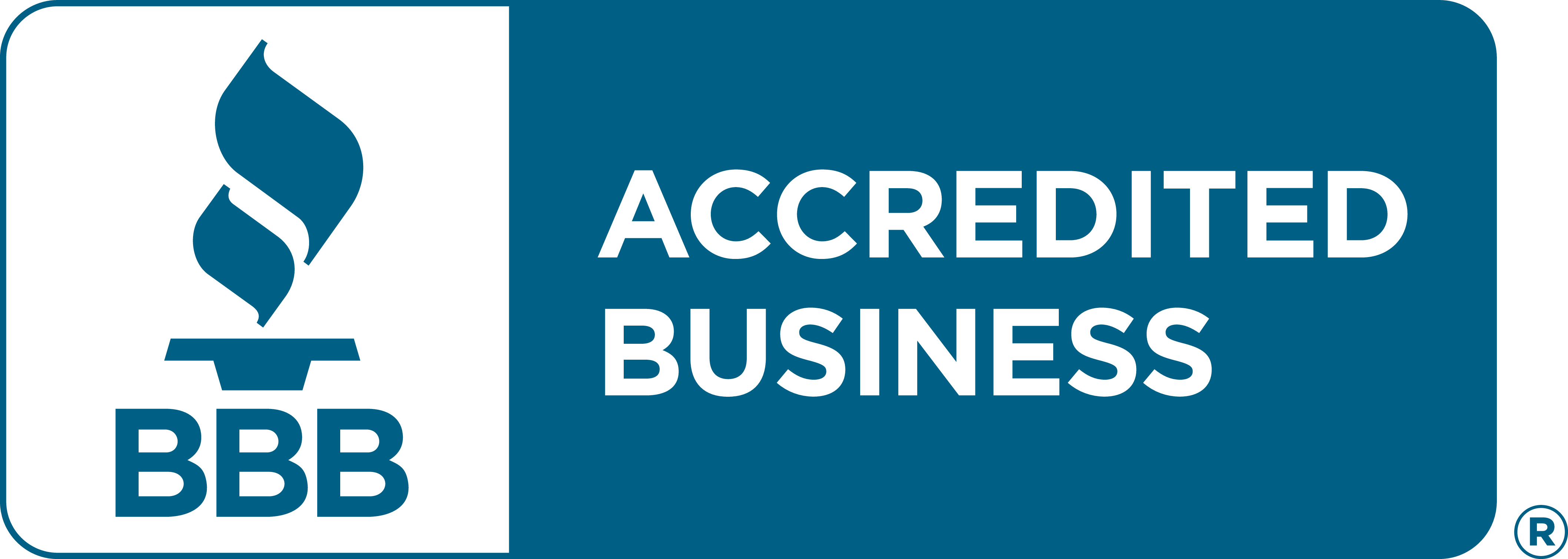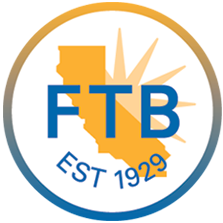Excise Tax Forms
Employment Tax Forms
Information Returns
Exempt Org. Forms
Extension Forms
Business Tax Forms
FinCEN BOIR
Electronic Funds Withdrawal (EFW) is a convenient and secure IRS payment option that allows taxpayers to pay their federal taxes directly from their bank account when e-filing a return. Whether you're an individual, business, or tax professional, EFW simplifies the payment process and eliminates the need for separate steps to make payments after filing.
In this guide, you'll learn everything you need to know about Electronic Funds Withdrawal (EFW)—how it works, who can use it, the types of tax payments it supports, and how to avoid common issues to ensure a smooth and secure tax payment experience.
Table of Contents
What is an Electronic Fund Withdrawal?
Electronic Funds Withdrawal (EFW) is an IRS-authorized payment method that enables you to pay your tax due by authorizing a direct debit from your checking or savings account. It’s available only when you e-file your tax return or certain tax forms using approved software or through a tax professional.
Ready to File and Pay Your Taxes in an Easy Way?
Use Electronic Funds Withdrawal (EFW) to file and pay in one simple, secure step.
Who can use Electronic Fund Withdrawal?
EFW is available to:
Federal Tax payments eligible for EFW
Electronic Funds Withdrawal (EFW) supports payment of a variety of federal taxes, making it a convenient option for both individuals and businesses. When you e-file your tax return or related forms, you can authorize the IRS to withdraw the payment directly from your U.S. bank account. Some of the key types of federal taxes you can pay through EFW include:
- Individual Income Taxes: Pay personal taxes and any balance due with individual forms.
- Estimated Tax Payments: Quarterly payments for individuals and businesses.
- Business Taxes Includes payroll forms, corporate tax forms, and other tax forms.
- Excise Taxes: Payments for heavy vehicle use and excise tax claims.
- Extension Payments: Pay to extend filing deadlines with individual forms business forms.
IRS Forms supported for EFW payments
Electronic Funds Withdrawal (EFW) is an IRS-approved payment method that allows taxpayers to pay their federal taxes directly from a bank account when filing electronically. This option is available for a wide range of IRS forms, including both individual and business returns, extensions, and excise tax filings.
Electronic Funds Withdrawal for Individuals
| Tax Type | Tax Year |
|---|---|
| Form 1040 series |
|
| Form 1040-ES estimated tax |
|
| Form 2350 |
|
| Form 4868 |
|
Electronic Funds Withdrawal for Businesses
| Tax Type | Tax Year |
|---|---|
| Form 720 |
|
| Form 940/940 |
|
| Form 941/941 |
|
| Form 943 |
|
| Form 944 |
|
| Form 945 |
|
| Form 990-PF balance due and amended |
|
| Form 990-PF estimated taxes |
|
| Form 990-T balance due and amended |
|
| Form 990-T estimated taxes |
|
| Form 1041 balance due and amended |
|
| Form 1041-ES estimated taxes |
|
| Form 1042 balance due and amended |
|
| Form 1065 |
|
| Form 1120 series balance due and amended returns |
|
| Form 1120 series estimated taxes |
|
| Form 2290 |
|
| Form 5330 balance due and amended |
|
| Form 7004 extension forms |
|
| Form 8868 extension forms |
|
- For general information about Electronic Funds Withdrawal (EFW), visit the Pay Taxes by Electronic Funds Withdrawal page.
- To explore other electronic payment methods, visit the Electronic Payment Options homepage.
How Electronic Fund Withdrawal (EFW) works?
There’s no separate enrollment process. Here’s how it works:
- Choose EFW as your payment method while e-filing.
- Enter your bank account and routing numbers.
- Authorize the IRS to withdraw the payment.
- Submit the return. The IRS will process your payment along with your form.
When to use Electronic Fund Withdrawal?
Use EFW if you:
- Filing your federal tax return or extensionelectronically.
- Want to pay your taxes in one step while e-filing.
- Don’t want to enroll in a separate payment system like EFTPS.
- Prefer a secure, direct debit from your checking or savings account.
How EFW payments are Processed?
- When you authorize an EFW payment, the U.S. Department of the Treasury, through a Treasury Financial Agent, is permitted to transfer the full payment amount from your bank account to the Treasury’s account.
- Your bank statement will show a transaction labeled "IRS USA Tax Payment," "IRS USA Tax Pymt," or a similar description as confirmation of your tax payment.
- If your requested payment date falls on a weekend or federal holiday, the payment will be processed on the next business day. Your bank may place a hold on the funds and mark it as a pending transaction.
- The entire payment amount is debited as a single transaction. EFW does not support recurring or partial payments.
- Federal Tax Deposits (such as employment tax deposits) cannot be made using EFW. For those, refer to the instructions on the specific IRS form to find acceptable payment methods.
Common EFW Payment Issues and How to Resolve Them?
- Incorrect Bank Information: Double-check routing and account numbers before submitting.
- Payment Rejected: If your payment fails due to insufficient funds or other issues, you’ll receive IRS Letter 4870 with instructions.
- Cancelled Payments: You can cancel an EFW payment by calling IRS e-file Payment Services at 888-353-4537, but only before the payment date and within IRS guidelines.
- Early Bank Release: If your bank processes the payment earlier than expected, contact your bank for clarification.
Features and benefits of Electronic Fund Withdrawal
- Simple and Convenient: Both individuals and businesses can e-file and pay their taxes in one easy step using EFW—no extra steps or separate portals required.
- No IRS Fee: The IRS does not charge any fees for using EFW. However, it's a good idea to check with your bank to see if there are any transaction fees.
- No Paper Vouchers Needed: EFW eliminates the need to submit separate payment vouchers—everything is handled electronically during filing.
- Secure and Confidential: Your payment details are encrypted and used only for the authorized tax payment. EFW ensures your financial information remains protected. Your bank account information is securely protected and used solely for processing the authorized tax payment. It will not be shared or disclosed for any other purpose.
Payment Scheduling
- Most individual and business taxpayers can schedule EFW payments for a future date—up to the return due date.
- Payments that qualify can be scheduled up to 365 days from the date the return is filed electronically.
- After the return due date, the payment must be dated either on the filing date or within the previous five days.
- Your e-file software will clearly indicate whether payment scheduling is available for your return. If an invalid payment date is entered, you’ll be prompted to correct it.
Estimated Tax Payments
- You can submit up to four quarterly estimated tax payments electronically when filing forms like:
- 990-PF, 990-T, 1041 (1041-ES)
- 1120, 1120-F, 1120-S, 1120-POL
- For individuals, up to four 1040-ES estimated payments for the current year can be submitted with the previous year's return.
- Each estimated payment must be submitted with a separate payment authorization.
- You can use the same or different bank account for each estimated tax payment, whether for individuals or businesses.
Important Information About Using EFW
1. Do businesses need a separate EFW account?
Don’t let a missed deadline cost you. File Form 941 quickly and accurately with our IRS-authorized e-filing service.
2. What payment methods does EFW support?
Only direct debit from a U.S. checking or savings account is supported. Credit/debit cards and international accounts are not accepted.
3. Can you automate recurring EFW payments?
No. EFW supports only one-time payments per e-filed return. For recurring payments, use EFTPS.
4. How do I get an EFW payment receipt?
After submitting your return with EFW selected, you’ll receive confirmation from TaxZerone. This serves as your receipt and includes the payment date, amount, and confirmation number.
5. Can state taxes be paid through EFW?
No. EFW is strictly an IRS payment method for federal taxes only. State tax payments must be made through your respective state’s tax authority or payment portal.
6. Can sole proprietors enroll in EFW as a business?
Yes. Sole proprietors can use EFW to pay business-related taxes as long as they file forms like Schedule C with their Form 1040 and provide valid business banking information.
7. Is there a fee to use EFW?
No. The IRS does not charge any fees for using Electronic Funds Withdrawal and TaxZerone also does not charge additional fees. Your bank may charge an NSF fee if there are insufficient funds, but the payment itself is free.
8. Can I verify my payment status at any time?
Yes. You can check your payment status by reviewing your bank statement or by contacting the IRS directly. If you filed using TaxZerone, you will receive an electronic confirmation for your filing.
9. Are Foreign Taxpayers Eligible to Use EFW?
Yes — but only if the payment is made from a U.S.-based bank account.
Foreign taxpayers must have a U.S. checking or savings account to use EFW. If you do not have one, the IRS recommends alternative payment methods such as:
- International wire transfers via the IRS Foreign Electronic Payments system
- Credit or debit card payments through IRS-authorized processors
Ready to file and pay your federal taxes in an easy way?
File your return and pay securely with Electronic Funds Withdrawal (EFW) through TaxZerone.












